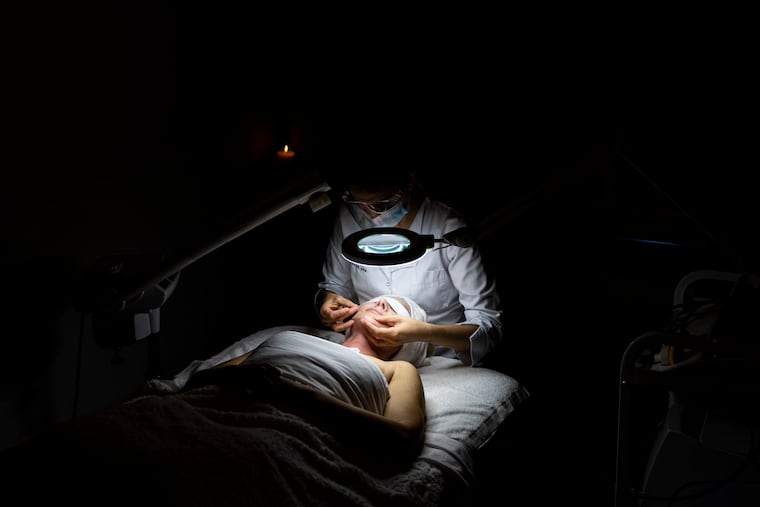Facing pressure to look even younger, more women in their 20s and 30s are getting Botox and other anti-aging procedures
Previously, people in their late 30s or early 40s started to dabble into Botox, said Nazanin Saedi, director at the Jefferson Laser Surgery and Cosmetic Dermatology. Now it’s late 20s or early 30s.
